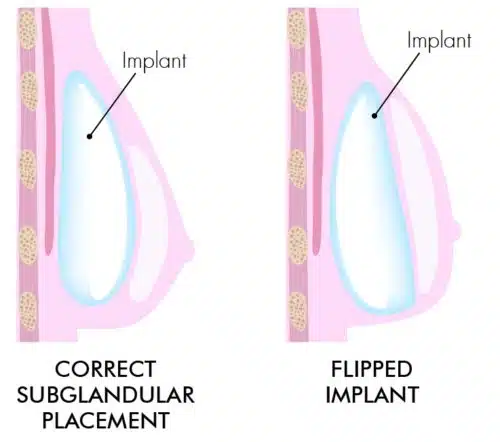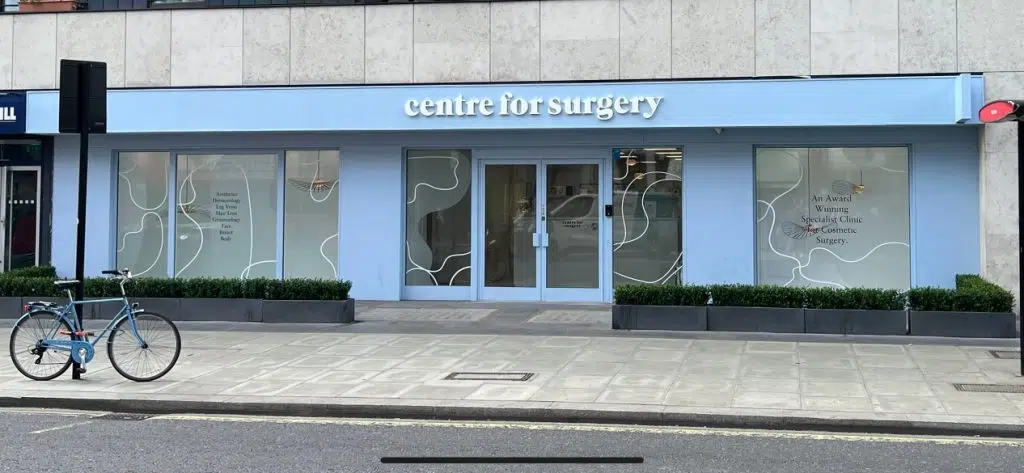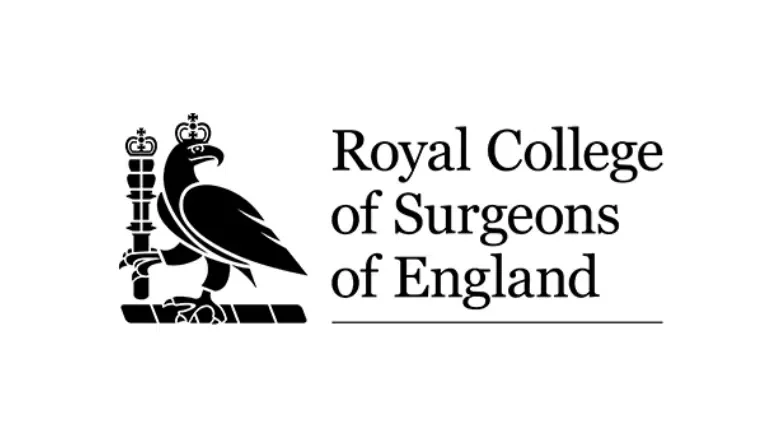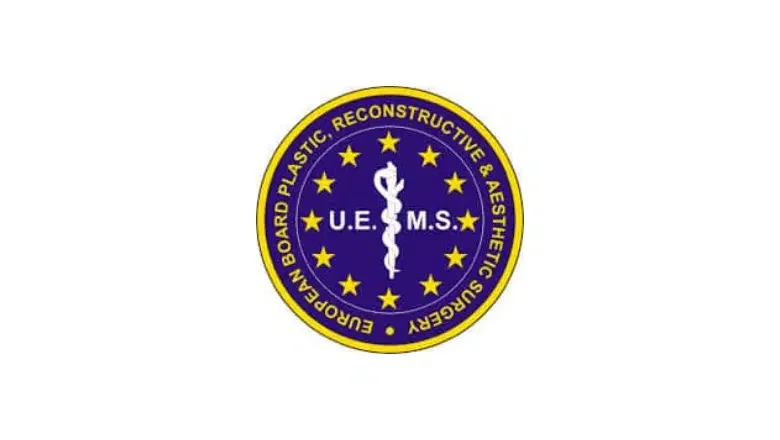How to Find Out If Your Breast Implant Has Flipped or Rotated inside your Breast (Malrotation)
Breast augmentation is a widely popular cosmetic procedure that many women undergo to improve their breast size and shape. In the UK, it is considered the top cosmetic plastic surgery option. Breast implants, which are inserted during the procedure, can significantly boost one’s self-confidence and give them the desired physical appearance.
Centre for Surgery is a renowned plastic surgery clinic that provides top-notch breast augmentation services. The procedure involves the insertion of implants, which can enhance the size and shape of the breasts, making them look more symmetrical, perky, and aesthetically pleasing.
RELATED: Common questions about breast implants
However, like any other surgical procedure, breast augmentation comes with some post-operative complications. One such complication is breast implant flipping or malrotation, where the implant rotates or flips inside the breast. This can cause discomfort and asymmetry and affect the aesthetic appearance of the breasts.
It is crucial for patients who have undergone breast augmentation to monitor their breasts and observe any changes that may occur. Regularly checking for any unusual lumps, changes in breast shape, or any other unusual symptoms is recommended. If you notice any signs of breast implant malrotation, it’s important to consult with your surgeon immediately to prevent any further complications.
What is Breast Implant Flipping?
Breast implant flipping, also known as malrotation, is a recognised complication that can occur after breast augmentation surgery. It is one of the primary reasons why patients undergo revision breast surgery or mammoplasty.
In essence, breast implant flipping is when one or both of the implants move from their original position and rotate, causing the back surface of the implant to face forward instead. This movement can cause asymmetry, discomfort, and affect the overall appearance of the breasts.
Patients who experience breast implant flipping may notice a change in breast shape, feel discomfort, or notice an unusual lump. It’s essential to seek immediate medical attention if you experience any of these symptoms. Your surgeon can assess the situation and determine the best course of action to fix the problem.
In some cases, breast implant flipping can occur due to implant malposition or improper surgical techniques. Choosing an experienced and qualified surgeon at Centre for Surgery and following post-operative care instructions can help reduce the risk of complications such as implant flipping.
What causes breast implant flipping?
Breast implant flipping, also known as malrotation, can occur due to several factors. Below are some common causes of breast implant flipping:
- BREAST IMPLANT TYPE: The type of breast implant can also contribute to implant flipping. Some implant models have a smooth shell and a round profile, which makes implant flipping more likely to occur. However, newer breast implants, such as Mentor, have adhesive surface technology that allows for proper prosthetic fixation to the surrounding tissue. Moreover, they cause less inflammation to the surrounding tissue, which can be a reason for capsular contracture, another cause of breast implant flipping.
- LARGE IMPLANT POCKET: During the surgery, the plastic surgeon creates a breast pocket beneath the breast mound or chest muscles to place the implants. If the breast pocket is too large, the implants will have more room to flip or rotate, back to front or upside-down. This can be due to other factors such as gravity, lactation, ageing, and tissue factors like stretching and thinning.
- BREAST TRAUMA: Any trauma to the breast can cause the implant to move out of its position. This can happen due to accidents, sports injuries, or any other physical impact.
- INSUFFICIENT POST-OPERATIVE REST: Following the breast augmentation procedure, it’s crucial to rest and allow the implants to settle into place. Lack of proper post-operative immobility can prevent proper implant fixation, allowing the implants to rotate. Patients should avoid vigorous breast massages and overuse of upper chest muscles until their surgeon gives them the green light to do so.
- CAPSULAR CONTRACTURE: After breast augmentation surgery, the body naturally forms a layer of capsular scar tissue around the implant site. Capsular contracture is when the scarring becomes intense, forming a thick and firm layer that squeezes the breast implant. This can cause chronic pain, and in some cases, the implant may flip back to front or upside-down.
How can I tell if my implants have flipped?
It can be challenging to tell if your breast implants have flipped or rotated, but it’s crucial to be able to identify the signs. Round implants may keep their shape despite any direction they are in, making it difficult to notice if they’ve flipped. However, regular imaging studies recommended after augmentation mammoplasty can confirm the position of the implants.
On the other hand, a flipped tear-drop-shaped implant, which mimics the natural anatomical shape of the breasts, is more noticeable. Such implants hold up their shape regardless of their position, so if they rotate, it can cause significant changes in breast appearance and feel. The following are some common signs of flipped tear-drop-shaped implants:
- VISUAL DIFFERENCE: The breast that has a flipped implant may look visually different from the other breast when compared left to right. There may be an asymmetrical appearance.
- DIFFERENT TEXTURE: The breast that has a flipped implant may feel different from the touch of the other breast. It may feel firmer, softer, or lumpy.
- ASYMMETRY: The breasts will no longer be symmetrical as they were immediately after the procedure.
- DISCOMFORT: Flipped implants can cause discomfort when lying down or standing up. The breast may feel heavy or painful.
If you notice any of these signs, it’s important to contact your surgeon immediately. They can evaluate your breasts and determine the best course of action to address the problem. In some cases, revision surgery may be required to fix the flipped implant and restore the desired appearance of the breasts.
Are rotated breast implants painful?
Breast implant malrotation, also known as flipping or rotation, may or may not cause pain or discomfort. In some cases, malrotated implants may be asymptomatic, meaning the patient may not experience any pain or discomfort.
However, if malrotation is accompanied by capsular contracture, which is the hardening of the tissue capsule around the implant, it may cause pain, discomfort, and distortion of the breast. Capsular contracture can cause the implant to be squeezed, leading to pain and discomfort. In such cases, revision surgery may be required to fix the malrotation and address the capsular contracture.
Trauma or injury to the breast can also cause malrotation, which may result in pain or discomfort. It’s important to contact your surgeon if you experience any unusual pain, discomfort, or changes in breast appearance after breast augmentation surgery.
How Are Flipped Implants Diagnosed?
Breast implant flipping or malrotation can be diagnosed through a combination of patient description and physical examination by a qualified plastic surgeon. Typically, patients may notice asymmetry or misshapen breasts and report these changes to their surgeon. During a physical examination, the surgeon will assess the breasts for any signs of malrotation, such as a rotated implant or a distorted breast shape.
However, in the case of round-shaped breast implant malrotation, it can be difficult to recognize through physical examination alone, particularly in patients with ample soft tissue coverage. In such cases, imaging studies such as ultrasounds and magnetic resonance imaging (MRI) can be useful in confirming the diagnosis.
Ultrasounds can provide high-resolution images of the breasts, which can help identify any changes in implant position and detect any fluid collections around the implant. MRI, on the other hand, can provide detailed images of the breast tissue and the implant, making it a valuable tool in detecting malrotation and capsular contracture.
Is breast implant flipping dangerous?
While breast implant flipping may not be a life-threatening complication, it can have significant cosmetic consequences and impact the patient’s quality of life.
A flipped breast implant will have its back (and often flat) part facing forward, which can give the breast a flattened appearance. This can cause asymmetry, discomfort, and affect the overall aesthetic appearance of the breasts. Patients may notice a loss of roundness in the upper poles of the breasts, and in some cases, the edges and contour of the implant may be visible.
If the breast implant flips and bottoms out, dropping low in the breast pocket, the nipple may sit too high on the breast mound and poke out of the bra, causing additional discomfort and aesthetic concerns.
Furthermore, breast implant flipping can also cause psychological distress and self-esteem issues for patients who have undergone breast augmentation surgery to improve their physical appearance. Revision surgery may be required to fix the flipped implant and restore the desired appearance of the breasts, which can be time-consuming and costly.
Treatments for Breast Implant Flipping
If breast implants flip, there are several approaches to fix the issue, including:
- MANUAL RE-FLIPPING: This is an option if the breast implants only flip occasionally. Your plastic surgeon can show you the proper way to readjust the implants back into place. The process usually involves leaning forward to create space for the implant to move inside the breast pocket, then using your hands to manually re-flip it back into position from the outside.
- REVISIONAL SURGERY: If breast implant malrotation becomes a recurring issue, revisional surgery may be necessary. Breast implant revision surgery can involve tightening the breast implant pocket and repairing it if the cause is due to breast pocket over-dissection. In other cases, the implants may be too large for the patient’s physique, requiring the implants to be replaced with more fitting ones.
In some cases, breast malrotation may be due to unique chest anatomy, such as a chest deformity, requiring a tailored correctional breast surgery to meet the patient’s needs.
RELATED: Breast Implant Removal (Explant)
How to Prevent Implant Flipping
Breast implant malrotation is a recognised complication of breast augmentation surgery. However, there are steps you can take to reduce the risk of implant flipping and ensure the best possible outcome after surgery. Here are some preventative measures to consider:
- CHOOSE A QUALIFIED SURGEON: Always choose a qualified and experienced plastic surgeon for your breast augmentation surgery. A surgeon who specializes in breast augmentation and revision surgery is best suited to prevent and treat implant flipping.
- USE HIGH-QUALITY IMPLANTS: Opt for high-quality breast implants from reputable manufacturers. At Centre for Surgery, we use Mentor implants, which are made of medical-grade silicone and designed to mimic the look and feel of a natural breast. These implants have a smooth surface but are covered with an adhesive outer layer that promotes fixation to nearby tissue, reducing the risk of flipping.
- FOLLOW POSTOPERATIVE CARE INSTRUCTIONS: Proper postoperative care is crucial in reducing the risk of implant flipping. Follow your surgeon’s instructions carefully and avoid any strenuous activities that could cause trauma to the breasts. Avoid aggressive massaging or excessive use of the upper chest muscles until your surgeon gives you the green light to do so.
- REGULAR CHECK-UPS: Attend regular check-ups with your surgeon to monitor the condition of your implants and detect any issues early on.
Breast Implant Rotation FAQs – Questions about breast implant flipping and malrotation
HOW OFTEN SHOULD BREAST IMPLANTS BE CHECKED?
Breast implants should be checked regularly by a qualified plastic surgeon, particularly in the first few months after surgery. After the first year, it’s recommended to have annual check-ups with your surgeon to monitor the condition of your implants and detect any issues early on. Any changes in breast appearance or discomfort should be reported to your surgeon immediately.
WHAT HOLDS BREAST IMPLANTS IN PLACE?
Breast implants are held in place by the tissue capsule that forms around the implant after surgery. The tissue capsule is a natural response of the body to a foreign object, and it helps keep the implant in place. The implant may also be placed under the chest muscle to provide additional support.
HOW OFTEN DO IMPLANTS ROTATE?
Implant rotation can occur at any time after surgery, but it’s most common in the first few months after surgery. The risk of rotation decreases over time, but it’s still possible for implants to rotate years after surgery. The incidence of implant rotation varies depending on the patient, the type of implant, and other factors.
WHAT IS BOTTOMING OUT OF THE IMPLANT?
Bottoming out is a complication that can occur when the implant settles too low in the breast pocket, causing the nipple to sit too high on the breast mound. This can happen when the breast pocket is over-dissected, or the implant is too large for the patient’s physique. Bottoming out can be corrected with revision surgery.
SPECIALIST PLASTIC SURGERY CLINIC IN LONDON
At Centre for Surgery, our Specialist Plastic Surgeons have years of experience and training in breast augmentation surgery. We are dedicated to providing the best possible patient care and education, ensuring that each patient receives a customised treatment plan that meets their unique needs and desired surgical outcomes.
We understand that breast augmentation surgery is a significant decision and strive to make the process as comfortable and stress-free as possible for our patients. Our surgeons utilise the latest surgical techniques and technology to ensure the best possible results and minimise the risk of complications such as breast implant malrotation.
We also place a strong emphasis on patient education, ensuring that our patients fully understand the procedure, the risks and benefits, and what to expect during the recovery process. Our goal is to provide each patient with the information and support they need to make an informed decision about their breast augmentation surgery and achieve their desired outcomes.











